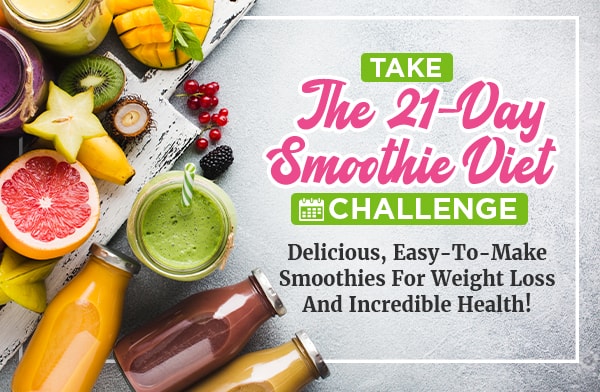Do You Need to Peel Fruit Before Putting It Into Smoothies?
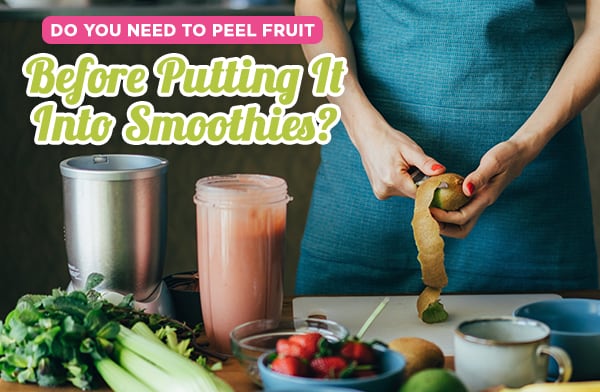
When you’re loading up a smoothie, you might be faced with a daunting amount of work. Preparing all of the ingredients can take a lot of time, which is why so many people make freezer packs or prepare their ingredients ahead of time. Of course, this might lead you to wonder, how much of that prep work is really necessary?
When it comes to fruit (and veggies), do you need to peel them before you blend them up? After all, if the peel or rind or what have you is full of nutrients, and it’s being blended up anyway, maybe it’s fine to just leave it there?
The truth is, it depends a lot on the fruit and your own preferences. There’s no one right answer. So, let’s go through a list of common smoothie fruits and vegetables and discuss if they need peeling.
Apples
Apples are one of the most common smoothie ingredients for a sweet fruit base. They’re relatively neutral compared to many other ingredients, and they provide a lot of nutrients. Plus, having one a day can help keep the doctor away, or so they say. So, do you peel your apple first?
Apple peels are a good source of fiber and of a bunch of nutrients that can help with inflammation and other problems. Some varieties of apple don’t have much flavor in their peels, but others have thicker, more bitter peels. So, whether or not you peel your apples comes down to how much you find yourself sensitive to the flavor and how much the texture bothers you.
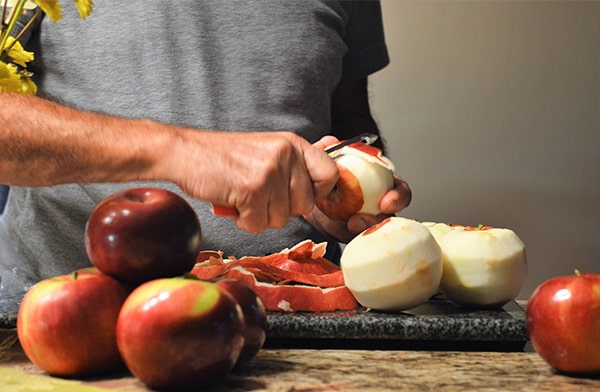
Specifically, if you chop your apples and blend them up, you’ll still probably find bits of peels floating around. These can get stuck in your teeth or lend a slightly unpleasant texture to your smoothies. If it doesn’t bother you, don’t worry about it. If it does, consider peeling first.
What about the cores? As it turns out, those are usually fine to eat too. In fact, recent studies indicate that it might even be healthy for you, as the core harbors a wealth of healthy bacteria similar to what you get in yogurt.
Some compounds found in apple seeds can degrade into cyanide, but there’s so little of it that it’s generally not harmful. You’d have to eat hundreds of apples a day, core and all, to get a fatal dose.
Avocado
Avocados are one of the best sources of healthy fats found in the plant world, which makes them a staple for many health foods, including a range of smoothie recipes. They’re also smooth and buttery in texture, which can be great to add to a smoothie to make it extra rich and decadent.
Do you peel the avocado first? Yup. The skin is tough and difficult to digest, so it won’t taste or feel good as you’re drinking your smoothie. More importantly, your body won’t be able to get much out of it even if you do eat it.
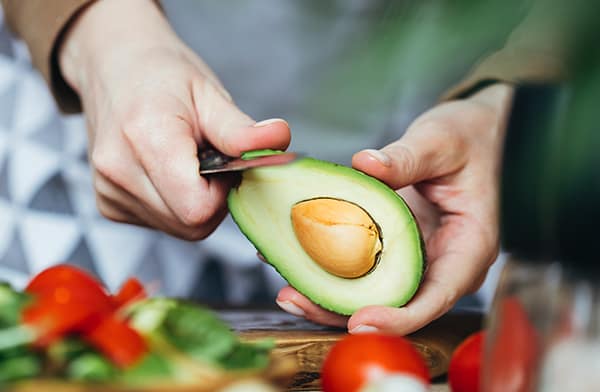
The same goes for the pit. Avocado pits are extremely bitter, so while they have some nutritional value, they aren’t very good in a smoothie. If you really want to, you can save them, cut them into pieces, dry them out, and grind them into powder to use as a supplement. Frankly, I think that’s too much work for too little value. Just toss the pit and get your fiber somewhere else.
Bananas
Of course, you peel a banana before you eat it. Are you crazy? Well, actually, maybe not. The peel of the banana is rich in fiber, of course, but it’s also high in tryptophan. You might know it as the chemical in turkey that (supposedly) makes you sleepy, but it also helps increase serotonin levels in the brain.

The trick is, banana peels don’t taste all that great. They’re generally bitter, which is why we tend to discard them instead of eating them. However, if you let the banana get really ripe first – we’re talking almost banana bread ripe here – the peel ends up much thinner and much sweeter.
I still wouldn’t recommend eating a banana peel straight. But, if you want to blend it up into your smoothie, you can certainly give it a try. Just make sure you have a good blender; otherwise, you might end up with something stringy. Oh, and make sure you wash the banana when it’s still firm; it’ll be pretty hard to handle if it’s mushy. No one likes to blend up a smoothie and then wonder, “wait, did I take the sticker off?”
Berries
Finally, something with a clear answer! No, you don’t need to peel berries of any sort before you blend them into a smoothie. Most berries don’t have peels in the first place, like raspberries or strawberries. Others, like blueberries, can technically be peeled, but why would you? The peel is where a ton of the flavor and antioxidants come from.
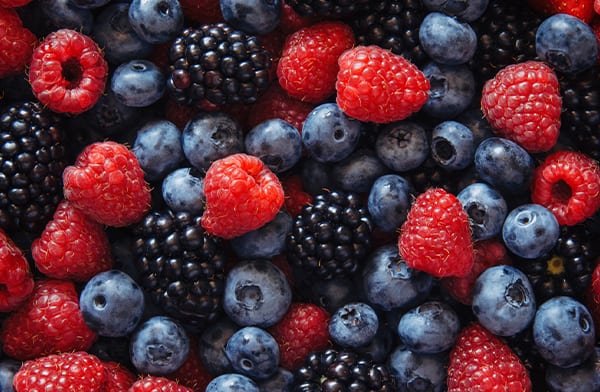
You do want to make sure you’re adequately washing your berries, of course. You never know what kind of contamination they’re exposed to, even if you grow them yourself. Some are harder than others to manage, as well. Raspberries can be pretty fragile and have a lot of little nooks and crannies that can harbor dirt, bugs, or microbes.
And, of course, get rid of stems and other tough bits. They may not be harmful to eat, but they aren’t giving you anything flavor-wise or nutritionally, so it’s not worth messing with.
Cherries
Cherries are the size of berries but aren’t technically berries (bananas are, by the way). They have more in common with stone fruits like plums and peaches, only they’re small and come in clusters instead of larger individual fruits. Botanically speaking, they’re drupes.
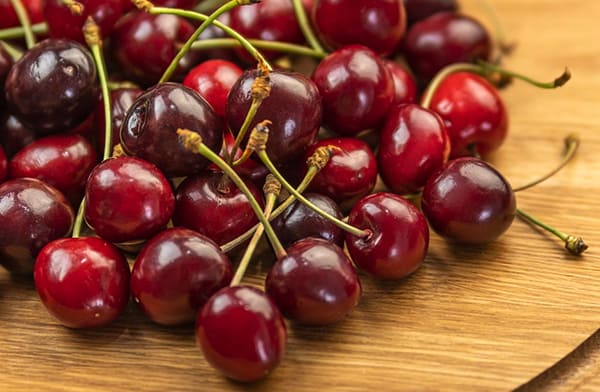
While cherries have peels, they, like berries, do not need to be peeled before eating them. Not only are the peels flavorful and nutritious, but they’re also easy to blend up into a smoothie. As with other berries, though, ditch the stems. The pits are also no good for you, so getting rid of them is a good idea. A cherry pitter may be messy, but it’s worth it to make it easier to prepare a few handfuls of cherries at once.
Citrus
Citrus fruits are an interesting part of the peel discussion. Oranges, lemons, limes, even things like grapefruit, pomelos, or citrons are all variations of citrus. In fact, there were once only three main citrus fruits: the citron, the mandarin orange, and the pomelo. Everything else – clementines, grapefruits, bergamot oranges, lemons, limes, and so on – are crossbreeds and hybrids of those three. It’s kind of fascinating if you’ve never thought about it before.

One trait universal across all forms of citrus is that the peel is bitter and waxy. Most people don’t like it, but there are some who grew up eating oranges the same way most of us eat apples and thus are just fine eating the peels.
I wouldn’t recommend it unless you’re already one of those people, though. If you want to enjoy citrus peel, you can candy it (which isn’t very healthy but is quite tasty), or you can toss it on a grill for a bit and give it a try. Alternatively, you can just zest your fruit before you peel it and use the zest in your smoothie for a stronger citrus flavor.
Cucumber
Remember how I mentioned that botanically speaking, cherries aren’t berries, but bananas are? Well, guess what? Cucumbers are also technically berries. In fact, cucumbers are a kind of melon, and melons are berries. This is because a berry is defined as a plant’s fruiting body that has an outer rind, an inner flesh, and multiple seeds inside that flesh. Botanists are wild.
Anyway, cucumbers are perfectly delicious whether or not you peel them. The peel is easy enough to remove, but it’s also just fine to blend up as part of a smoothie as well. It’s entirely up to you; it won’t change the flavor or texture of your smoothie all that much in either direction, but the peel does contain most of the cucumber’s nutrients.
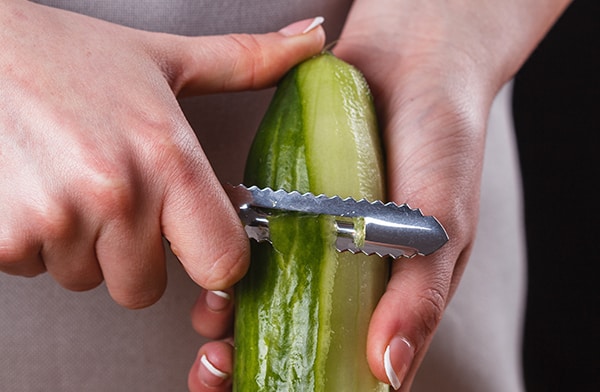
If you’re going to blend up cucumber without peeling it, make sure you wash it thoroughly first. Most cucumbers are coated with a waxy substance to help keep them fresh and more resistant to bruising, and you’ll want to wash that off.
Grapes
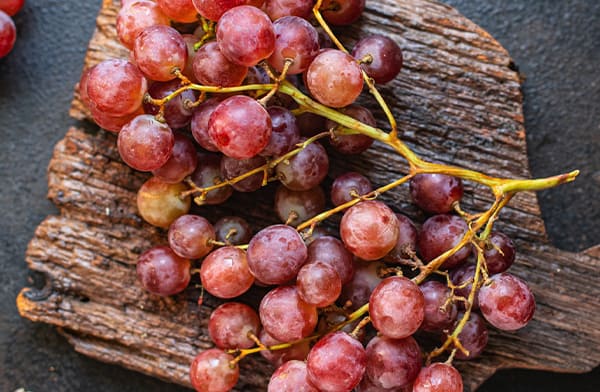
Pop quiz: are grapes berries? If you answered “yes,” you’d be correct! And, like most berries, they’re perfectly fine to eat with their skins on. In fact, there’s no easy way to peel a grape without doing something like freezing and thawing it first, which changes the flavor and texture of the grape as well. Now, don’t get me wrong; frozen grapes are delicious. You can use them in smoothies or just eat them as a treat on a hot day. I wouldn’t recommend peeling them, though. It’s a lot of work for basically no reason.
Kiwi
Kiwis, those vibrant green fruits with striking black seeds, covered in a fuzzy brown peel, seem like an obvious candidate for peeling, right?
Well, by this point, it should come as no surprise that there are a lot of people who advocate for eating the peel of the kiwi. It’s high in fiber, and the only reason people tend to get rid of it is because it’s kind of tough, and the texture of the fruit fuzz can be a little off-putting. Well, that, and it’s not very flavorful on its own.
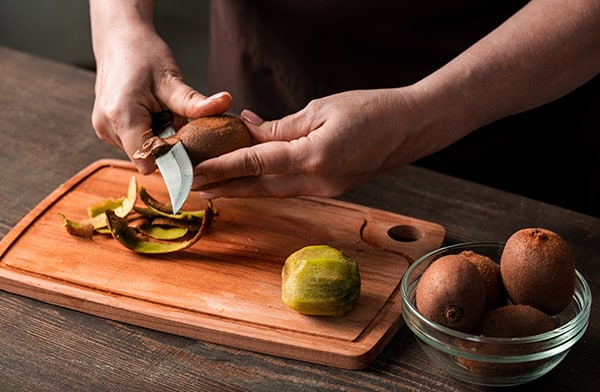
The peel of the kiwi is nutritious enough, and if you can tolerate the hairs in your smoothie, go ahead and blend one up whole and give it a try. Who knows, maybe you’ll like it! Or just peel it; you can do that too. It’s all down to personal preference on this one. If you really need fiber, well, there are better ways to get it.
Melons
Melons, as discussed above, are berries, though they have much thicker rinds than most berries. You know, in general. Things like cantaloupe, honeydew, and watermelon are all good additions to a smoothie. Galia melons, and cultivars like lemon drops, are also delicious.
Melons are excellent for adding liquid and substance to a smoothie without really affecting the flavor too much unless you have a relatively neutral smoothie, to begin with. In that case, making a watermelon-based smoothie can be great.
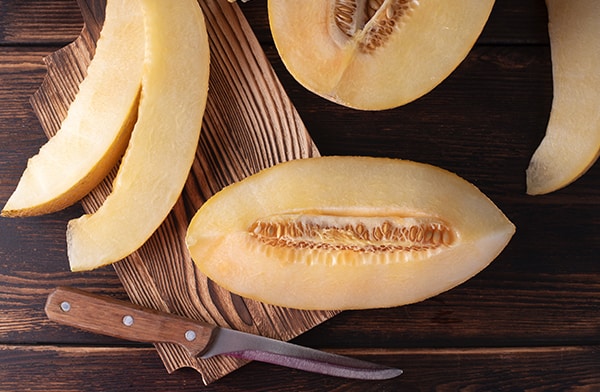
So, do you peel them? Well, most people wouldn’t peel a melon; they would cut it open and scoop out the flesh. But, do you have to do that? As it turns out… maybe. Watermelons don’t technically need it, but I’d still recommend not blending up the peel just because it’s tougher and less flavorful without adding any real nutritional benefits. Other melons, with the webbed outsides, are tougher and even less delicious, so I’d still recommend peeling them. Or, scooping out the flesh. You know what I mean.
Pineapples
Pineapples are the archetypal tropical fruit, though if you’ve never seen how they grow (out of the ground, one at a time), you should. They’re quite interesting and beautiful.
Pineapples are also very tough. Most tropical fruits need to be tough to withstand the climate, and the outer rinds are generally not edible. This includes things like coconuts and papayas as well, by the way.
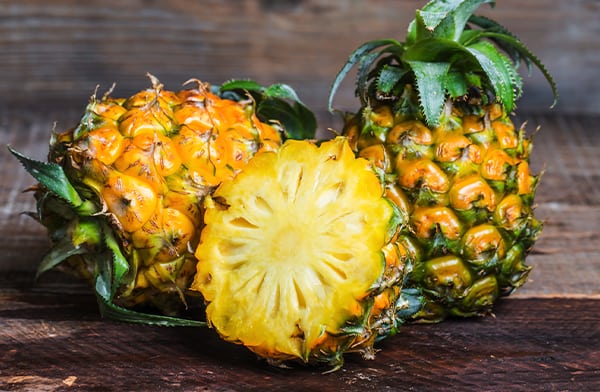
So, you can rest assured that there are (probably) not people out there who advocate eating the outer rind of the pineapple. It’s just tough, unpleasant, impossible to digest, and not nutritious at all. Stick to the delicious inner fruit.
Stone Fruits
Stone fruits, like peaches, plums, and nectarines, are all drupes. Typically, they have peels that are packed with nutrients, vitamins, antioxidants, and flavor and thus should not be peeled. The stone should be removed, though; often, they contain dangerous chemicals you shouldn’t eat. It seems pretty cut and dry, this one.
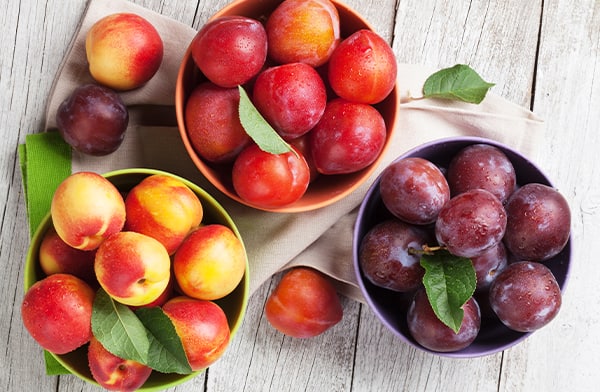
What do you do with your favorite fruits and veg? Do you eat orange peels? Do banana peels sound like something you might try? Or are you going to stick to peeling everything you can? Let me know what you do for your favorite smoothie recipes.
